Cindy Sherman
"I'm really just using the mirror to summon something I don't even know until I see it."
Cindy Sherman is a highly acclaimed fine art photographer known for her provocative and thought-provoking self-portraits. Born in 1954 in Glen Ridge, New Jersey, she has been transforming herself into different characters and personas through her photographs for over four decades. Sherman's work explores themes such as identity, gender, and the role of women in society, making her one of the most significant and influential fine art photographers of our time.
Early Life and Career
Cindy Sherman initially studied painting at the State University of New York at Buffalo but became disillusioned with the medium. She turned to photography, which allowed her to create images that portrayed different narratives and characters. In the late 1970s, she started to work on her groundbreaking series, "Untitled Film Stills," which consists of black-and-white self-portraits inspired by classic Hollywood films and B-movies. This series brought her to the forefront of the contemporary art scene and established her reputation as a trailblazing fine art photographer.
Photographic Style and Techniques
Cindy Sherman's work is characterized by her use of self-portraiture to create fictional characters and explore themes such as identity, representation, and the construction of femininity. She meticulously constructs her photographs, controlling every aspect of the image, including makeup, costumes, lighting, and settings. Through her elaborate and often satirical transformations, Sherman encourages viewers to question societal norms and expectations, particularly those imposed on women.
Career Highlights
"Untitled Film Stills" (1977-1980): A series of 69 black-and-white photographs in which Sherman portrays various female characters inspired by film noir, European art-house films, and American B-movies.
"Centerfolds" (1981): A series commissioned by Artforum magazine that explores female stereotypes and the male gaze, inspired by the centerfold format of adult magazines.
"History Portraits" (1988-1990): A series of photographs in which Sherman reinterprets famous historical and mythological paintings, often using prosthetics and heavy makeup to distort her appearance.
"Clowns" (2003-2004): A series of colorful, large-format photographs in which Sherman portrays a variety of clown characters, exploring the boundary between humor and terror.
"Society Portraits" (2008): A series of photographs that critique the vanity and superficiality of high society, featuring Sherman as wealthy socialites and celebrities.
Photography Gear
Cindy Sherman is known to use medium format cameras for her work, including the Hasselblad 503CW and the Mamiya RZ67. She has also used digital cameras, such as the Canon EOS-1Ds Mark III, for some of her more recent projects.
Photography Books
"Cind"Cindy Sherman: The Complete Untitled Film Stills": This comprehensive collection of Cindy Sherman's iconic Untitled Film Stills series showcases her groundbreaking exploration of identity and representation. For photographers, this book provides inspiration to experiment with self-portraiture and develop a deeper understanding of narrative and character.
"Cindy Sherman": This monograph offers an extensive overview of Sherman's career, featuring her most famous and provocative works. It serves as an invaluable resource for photographers seeking to broaden their knowledge of contemporary photography and challenge traditional notions of self-portraiture.
"Cindy Sherman: A Play of Selves": In this book, Sherman presents a series of self-portraits that explore the performative nature of identity. The collection encourages photographers to consider the relationship between performance and photography, inviting them to play with the boundaries of their own artistic practice.
"Robert Longo: Men in the Cities, Cindy Sherman: Retrospective": This dual retrospective highlights the work of both Cindy Sherman and Robert Longo, offering insights into their individual artistic processes and evolution. Owning this book allows photographers to study the development of two influential artists, inspiring them to reflect on their own creative journeys.
"Cindy Sherman: Working Girl": Focusing on Sherman's early work, this book delves into her exploration of female stereotypes and gender roles. For photographers, the book serves as a valuable resource to examine the beginnings of an influential artist's career and consider the societal impact of their own work.
"Cindy Sherman: Retrospective": This retrospective offers a comprehensive look at Sherman's extensive body of work, tracing her career from its beginnings to her most recent projects. Photographers can benefit from studying the evolution of Sherman's ideas and techniques, gaining inspiration for their own creative exploration of identity and representation.
Quotes
"I'm really just using the mirror to summon something I don't even know until I see it."
"I can't appreciate the old masters, or emulate them, without adding the cynicism I feel about the way women were and are treated."
"I think people are more apt to believe photographs, especially if it's something fantastic."
"I like making images that from a distance seem kind of seductive, colorful, luscious and engaging, and then you realize what you're looking at is something totally opposite."
"I try to isolate something basic in the person that maybe is a caricature of themselves, or something that they're known for, and then exaggerate it."
Legacy and Influence
Cindy Sherman's work has had a significant impact on contemporary art and photography. Her innovative approach to self-portraiture and her exploration of identity, gender, and representation have inspired countless artists and photographers to challenge conventional norms and push the boundaries of their own work. Some other notable photographers with similar styles are Francesca Woodman, Gillian Wearing, and Nikki S. Lee.
Sherman's influence extends beyond the realm of photography, as her work has been referenced in various other artistic disciplines, such as film, literature, and fashion. By consistently challenging societal expectations and preconceived notions of femininity, Cindy Sherman's art continues to resonate with new generations of artists and photographers, solidifying her status as an icon in the world of fine art photography.
Bieke Depoorter
"The more time you spend with people, the more they trust you, and the more they show who they really are."
Bieke Depoorter is a talented Belgian photographer known for her deeply personal and intimate approach to documentary photography. Through her camera lens, she captures the human connection, transcending cultural boundaries and revealing the universal emotions that bind us all. Her work has earned her international recognition and a place in the prestigious Magnum Photos agency.
Early Life and Career
Born in 1986 in Kortrijk, Belgium, Bieke Depoorter discovered her love for photography while studying at the Royal Academy of Fine Arts (KASK) in Ghent. She graduated with a Master of Fine Arts in Photography in 2009 and embarked on her first major project, "Ou Menya," which took her on a journey through Russia. This project led to her being awarded the Magnum Expression Award in 2012, paving the way for her future success.
In 2012, Depoorter joined Magnum Photos, becoming a full member in 2016. Her work has been exhibited in galleries and museums worldwide, drawing attention to her empathetic and sensitive approach to her subjects.
Photographic Style and Techniques
Bieke Depoorter's photographic style is characterized by a profound sense of intimacy and trust. She achieves this through several key techniques:
Building Trust: Depoorter spends considerable time with her subjects, often staying with them for several days to build a connection that allows them to open up and reveal their true selves.
Authenticity: She seeks to capture the raw emotions and genuine moments that define the human experience. Her images are candid and unposed, reflecting the reality of her subjects' lives.
Natural Lighting: Depoorter favors available light to create a sense of warmth and atmosphere in her images, similar to the work of Nan Goldin and Larry Sultan.
Vulnerability: She often places herself in vulnerable situations, allowing her subjects to feel more comfortable and open in front of her camera.
Career Highlights
Bieke Depoorter's career has been marked by several significant accomplishments, including:
Winning the Magnum Expression Award in 2012 for her "Ou Menya" series.
Joining Magnum Photos in 2012 as a nominee and becoming a full member in 2016.
Exhibiting her work in prestigious institutions, such as the Museum of Modern Art in San Francisco, the Museum of Fine Arts in Boston, and the FOMU in Antwerp.
Being awarded the Larry Sultan Photography Award in 2018.
Photography Gear
Bieke Depoorter's photography gear reflects her preference for simplicity and naturalism. Some of her go-to equipment includes:
Camera: Depoorter primarily uses Canon EOS 5D Mark IV camera for its portability and image quality.
Lenses: She often uses a 65mm or 80mm lens for their versatility and ability to capture her subjects in a natural, unobtrusive manner.
Published Works
"SETE #15": In this book, Bieke Depoorter documents the lives and daily routines of the people of Sete, a Mediterranean fishing port in southern France. The intimate images capture the essence of the town and its inhabitants, revealing Depoorter's keen eye for observation and empathy.
"A.": This powerful and personal project follows the life of a young woman named A., exploring themes of identity, intimacy, and trust. Depoorter's empathetic approach results in a compelling and emotional narrative, offering a rare glimpse into A.'s world.
"Ou Menya: Bieke Depoorter": In this book, Depoorter takes the reader on a journey through Russia, where she spent nights in the homes of strangers she met during her travels. The photographs capture the relationships she formed and the insights she gained into the lives of her hosts.
"Bieke Depoorter: As it may be": This book chronicles Depoorter's experiences in Egypt, where she explored the complexities of the country's social and political landscape through her encounters with local families. The images reveal the challenges and contradictions of everyday life in Egypt.
"I Am About To Call It a Day": In this project, Depoorter spent nights in the homes of strangers across the United States, documenting their lives and surroundings. The resulting images form an intimate portrait of American domestic life and create a powerful visual narrative. The book showcases Depoorter's talent for connecting with her subjects and capturing their lives with sensitivity and depth.
Quotes
"The more time you spend with people, the more they trust you, and the more they show who they really are."
"Photography is a way to step into other people's lives. I'm always curious about how other people live."
"It's important to me that photography is a collaboration with the people I photograph."
"I like to get lost in the process, to be surprised by the people I meet and the situations I find myself in."
"The camera is an excuse to enter people's lives, to go beyond the superficial and connect with them on a deeper level."
Legacy and Influence
Though still early in her career, Bieke Depoorter's work has already made a significant impact on the world of photography. Her intimate and collaborative approach to documentary photography has inspired a new generation of photographers to explore the human connection in their work.
Her images, characterized by warmth, vulnerability, and empathy, have garnered comparisons to the work of Alec Soth and Diane Arbus. Through her photographs, Depoorter challenges conventional documentary photography norms and encourages viewers to question their own perceptions of other cultures and lifestyles.
As her career continues to evolve, Bieke Depoorter's influence is sure to grow, shaping the future of documentary photography and inspiring photographers worldwide to seek out authentic, intimate connections with their subjects.
Annie Leibovitz
“A thing that you see in my pictures is that I was not afraid to fall in love with these people."
Anna-Lou "Annie" Leibovitz is one of the most renowned portrait photographers of our time. Her powerful and evocative images have graced the covers of countless magazines, from Rolling Stone and Vanity Fair to Vogue. With her extraordinary ability to capture the essence of her subjects, Leibovitz has created some of the most iconic and memorable photographs in contemporary history.
Early Life and Career
Annie Leibovitz was born in Waterbury, Connecticut, in 1949. Her love for photography began at a young age when her father, a lieutenant colonel in the US Air Force, gave her a camera. After her family's return from the Philippines, she attended the San Francisco Art Institute, where she studied painting and photography.
Leibovitz's career took off when she started working for Rolling Stone magazine in 1970. She quickly gained recognition for her intimate and captivating portraits of musicians, actors, and other public figures. Throughout the 1970s, she documented the emerging rock music scene, capturing iconic images of artists like John Lennon, Mick Jagger, and Patti Smith. In 1983, she joined Vanity Fair, where she continued to create unforgettable portraits of celebrities, politicians, and royalty.
Photographic Style and Techniques
Leibovitz is known for her ability to reveal the true personalities of her subjects. She achieves this through a variety of techniques:
Intimacy and Connection: Leibovitz often spends hours, if not days, with her subjects to create a level of trust and rapport that allows them to open up in front of the camera.
Cinematic Lighting: Drawing inspiration from painters like Rembrandt and Vermeer, she uses dramatic, cinematic lighting to create depth and mood in her images.
Narrative Storytelling: Her images often tell a story, whether it's through the subject's pose, wardrobe, or the surrounding environment. This narrative quality is reminiscent of Richard Avedon's work.
Collaboration: Leibovitz actively involves her subjects in the creative process, allowing them to contribute ideas and input that help shape the final image.
Career Highlights
Annie Leibovitz has a long list of accomplishments, but some of her most notable achievements include:
Photographing John Lennon and Yoko Ono for Rolling Stone just hours before Lennon's tragic death in 1980.
Capturing the iconic "Demi's Birthday Suit" cover for Vanity Fair in 1991, featuring a nude and pregnant Demi Moore.
Photographing Queen Elizabeth II in 2007 for her official portrait to mark her state visit to the United States.
Being the first woman to have a solo exhibition at the National Portrait Gallery in Washington, D.C., in 1991.
Receiving the prestigious International Center of Photography's Lifetime Achievement Award in 2013.
Photography Gear
Throughout her career, Annie Leibovitz has used a variety of equipment to create her iconic images. Some of her go-to gear includes:
Cameras: Leibovitz has used a range of cameras, from medium-format Mamiya RZ67 and Hasselblad to 35mm Canon and Nikon models.
Lenses: She often opts for prime lenses, like the 50mm, 85mm, and 105mm focal lengths, for their sharpness and ability to create a shallow depth of field.
Lighting: Leibovitz is known for using a mix of natural and artificial lighting, including tungsten, HMI, and strobe lights, to achieve her signature cinematic look.
Published Books
"Annie Leibovitz" (2022): This upcoming book will feature a collection of Annie Leibovitz's work, showcasing her extraordinary talent for creating intimate and iconic portraits of celebrities, artists, and public figures, highlighting her unique approach to photography.
"Portraits 2005-2016": This book presents a selection of Leibovitz's most memorable portraits from 2005 to 2016. The images capture the essence of her subjects and provide a fascinating insight into her creative process and artistic vision.
"Women": In this groundbreaking project, Annie Leibovitz collaborates with writer Susan Sontag to explore the diverse experiences and roles of women in society. The book features compelling portraits and insightful essays that celebrate women's strength, resilience, and beauty.
"Annie Leibovitz at Work": This insightful book offers a behind-the-scenes look at Leibovitz's creative process, revealing her thoughts on photography, her experiences working with famous subjects, and the stories behind some of her most iconic images.
"A Photographer's Life, 1990-2005": This intimate chronicle of Leibovitz's life and career spans 15 years and includes both personal and professional photographs, providing a comprehensive look at her evolution as an artist and individual.
"Annie Leibovitz: American Music" (2004): This book is a tribute to the rich musical heritage of the United States, featuring powerful portraits of legendary musicians, singers, and performers from various genres. Leibovitz's images capture the spirit, energy, and passion of American music, offering a visual journey through the nation's musical history.
Quotes
"A thing that you see in my pictures is that I was not afraid to fall in love with these people."
"The camera makes you forget you're there. It's not like you are hiding but you forget, you are just looking so much."
"Nature is so powerful, so strong. Capturing its essence is not easy - your work becomes a dance with light and the weather. It takes you to a place within yourself."
"I don't have two lives. This is one life, and the personal pictures and the assignment work are all part of it."
"The best pictures are usually the ones that happen by accident, the ones you didn't plan for."
Legacy and Influence
Annie Leibovitz's body of work has left an indelible mark on the world of photography. Her innovative approach to portraiture has influenced a generation of photographers, including contemporaries like Mark Seliger and Platon. Through her intimate and evocative images, she has pushed the boundaries of traditional portrait photography, redefining how we perceive celebrities and public figures.
In addition to her influence on other photographers, Leibovitz's work has helped to shape popular culture and create lasting visual memories for millions of people. Her portraits not only capture the essence of her subjects but also reflect the spirit of the times, making her one of the most important and enduring photographers of our era.
Martin Parr
“All photography is propaganda.”
Martin Parr is an internationally renowned British documentary photographer known for his satirical and thought-provoking images that capture the quirks of modern society. Born in 1952 in Epsom, Surrey, Parr has spent over four decades chronicling the lives of people around the world, often focusing on consumerism, tourism, and globalization. His unique approach to documentary photography has made him one of the most influential photographers of his generation.
Early Life and Career
Growing up, Parr was introduced to photography by his grandfather, who was an amateur photographer. He went on to study photography at Manchester Polytechnic (now Manchester Metropolitan University) from 1970 to 1973. After completing his education, Parr began his career as a freelance photographer, working for various publications and exploring his own personal projects.
In the early 1980s, Parr became a member of the prestigious Magnum Photos agency, where he continued to refine his distinctive style. His first significant body of work, "The Last Resort," showcased images of British seaside towns and the working-class families who vacationed there. This series garnered attention for Parr's bold use of color and his unflinching portrayal of everyday life.
Photographic Style and Techniques
Parr's photographic style is characterized by his use of bright, saturated colors and his ability to find humor and irony in seemingly mundane situations. He often uses flash photography to enhance the vividness of his images and to create a sense of artificiality. His work is notable for its focus on the peculiarities of human behavior, as well as its commentary on consumer culture, social class, and globalization.
Career Highlights Throughout his career, Martin Parr has published numerous photo books and exhibited his work in galleries and museums worldwide. Some of his most acclaimed projects include:
"The Last Resort" (1986): This series captured the essence of British seaside towns during the 1980s, exploring themes of leisure, consumerism, and social class.
"Small World" (1995): A project documenting the impact of tourism on cultures around the world, highlighting the homogenization of global experiences.
"Common Sense" (1999): An exploration of consumer culture, featuring close-up images of everyday objects and scenes that reveal the absurdity and excess of modern life.
"Think of England" (2000): A collection of images that provide a satirical look at English society and culture, from afternoon tea to football matches.
"The Rhubarb Triangle" (2016): A series documenting the unique rhubarb-growing region in West Yorkshire, England, and the people who work within it.
Photography Gear
Throughout his career, Martin Parr has used a variety of cameras and equipment, including:
Medium format cameras such as the Mamiya 7 and the Plaubel Makina 67
35mm cameras like the Leica M series and the Contax G2
Flash equipment, particularly the ring flash, to create his signature artificial lighting
Published Photo Books
"The Last Resort" by Martin Parr: This influential book features Parr's early photographs of the seaside town of New Brighton, England. The vivid and saturated images depict the leisure time of working-class families, showcasing Parr's signature style and offering a unique perspective on British culture during the 1980s.
"Martin Parr" by Martin Parr and Val Williams: This comprehensive monograph covers Parr's extensive career, exploring his distinctive approach to photography and his fascination with the everyday. The book includes an in-depth interview with the photographer, as well as critical essays that contextualize his work within the broader history of photography.
"Martin Parr: The Non-Conformists": In this book, Parr documents the close-knit communities and traditional industries of West Yorkshire, England, during the 1970s. The black-and-white images showcase Parr's early work, offering a glimpse into the lives of people striving to maintain their identity and traditions in the face of change.
"Small World": This humorous and satirical collection captures the quirks of mass tourism and globalization. Parr's photographs, taken across various countries, reveal the absurdity and sameness of tourist experiences, prompting readers to reconsider their own travel habits.
"Déjà View: Martin Parr x The Anonymous Project": In this collaboration with The Anonymous Project, Parr curates a selection of found amateur color slides, creating a nostalgic and captivating visual journey through the mid-20th century.
"Martin Parr: From the Pope to a Flat White, Ireland 1979-2019": This book spans Parr's 40-year relationship with Ireland, showcasing his vivid and witty observations of the country's culture, people, and landscape. The images provide a unique and affectionate perspective on a nation in transition.
"Martin Parr: Beach Therapy": In this collection, Parr explores the universal appeal of the beach as a place of leisure and relaxation. The book features images from beaches around the world, capturing the idiosyncrasies of beachgoers and highlighting Parr's ability to find humor and beauty in the everyday.
Quotes
"Photography is the simplest thing in the world, but it is incredibly complicated to make it really work."
"I go straight in very close to people, and I do that because it's the only way you can get the picture. You go right up to them."
"The world is full of surprises, and I want to record those surprises. That's why I'm always looking for things that are humorous or strange."
"With photography, I like to create fiction out of reality. I try and do this by taking society's natural prejudice and giving it a twist."
"I'm not an artist who happens to use photography. I'm a photographer who uses the camera as my medium."
Legacy and Influence Martin Parr's distinctive style and approach to documentary photography have left a lasting impact on the field. His unapologetic use of color, flash photography, and satirical observations have inspired a new generation of photographers to explore similar themes and techniques. Parr's work has contributed to a greater understanding of the complexities of modern society and has encouraged photographers to find beauty and meaning in the everyday.
One of Parr’s early inspirations were:
Tony Ray-Jones was a British photographer known for his influential work in the field of social documentary photography. Born in Somerset in 1941, Ray-Jones studied graphic design in London before beginning his career as a photographer. He is best known for his photographs of English customs and traditions, capturing the eccentricities of everyday life in Britain during the 1960s and 1970s.
Chris Killip is a British photographer and professor of visual and environmental studies at Harvard University. Born in the Isle of Man in 1946, Killip is best known for his black and white photographs of working-class communities in the northeast of England during the 1970s and 1980s. His images depict the struggles of these communities against deindustrialization and unemployment, and they have become important documents of social history.
Other notable photographers with similar style are:
Alex Webb: Renowned for his vibrant color photography and use of complex compositions that capture the energy of street life.
Bruce Gilden: Known for his confrontational, up-close street photography that highlights the raw, unfiltered moments of urban life.
William Eggleston: A pioneer in the field of color photography who captures the beauty and strangeness of everyday scenes in the American South.
Tom Wood: An Irish-born photographer who documents the everyday lives of people in Liverpool, England, with a keen eye for color and detail.
Viviane Sassen: A Dutch artist and fashion photographer whose work often features bold colors and surreal compositions, drawing inspiration from her upbringing in Kenya.
By examining Martin Parr's career and the photographers with similar styles, it's clear that his influence on contemporary photography is undeniable. His unique approach to documenting the world around him has opened new avenues for photographers to explore, making him an essential figure in the history of photography.

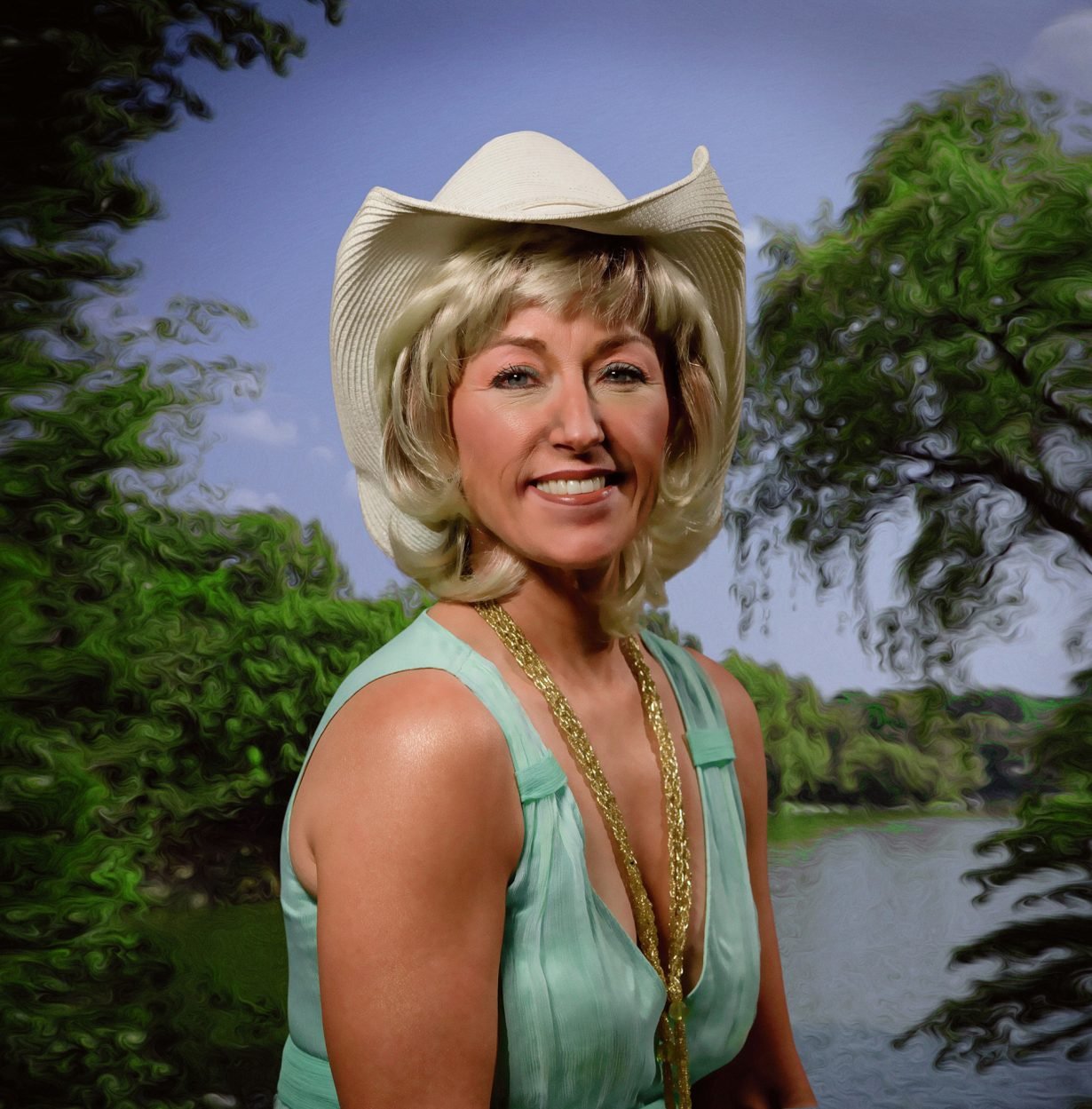





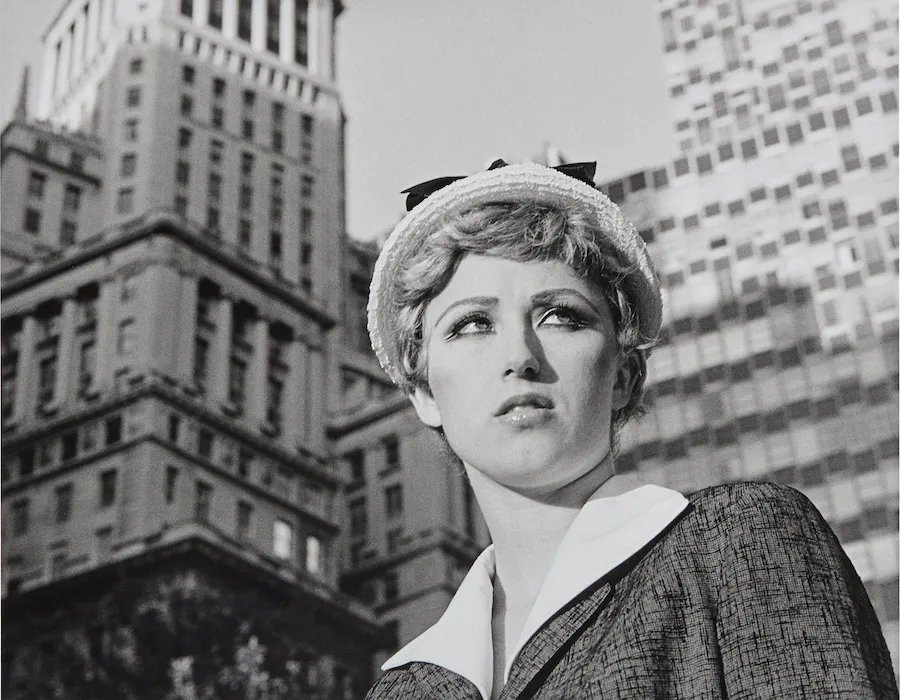




















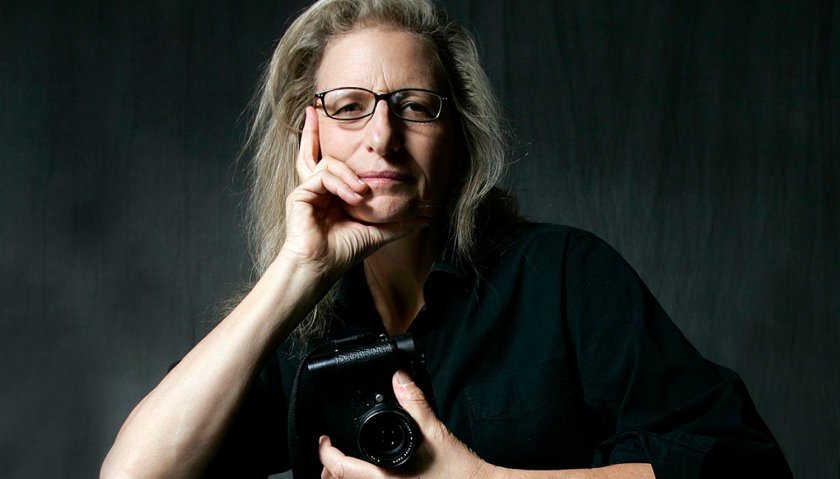
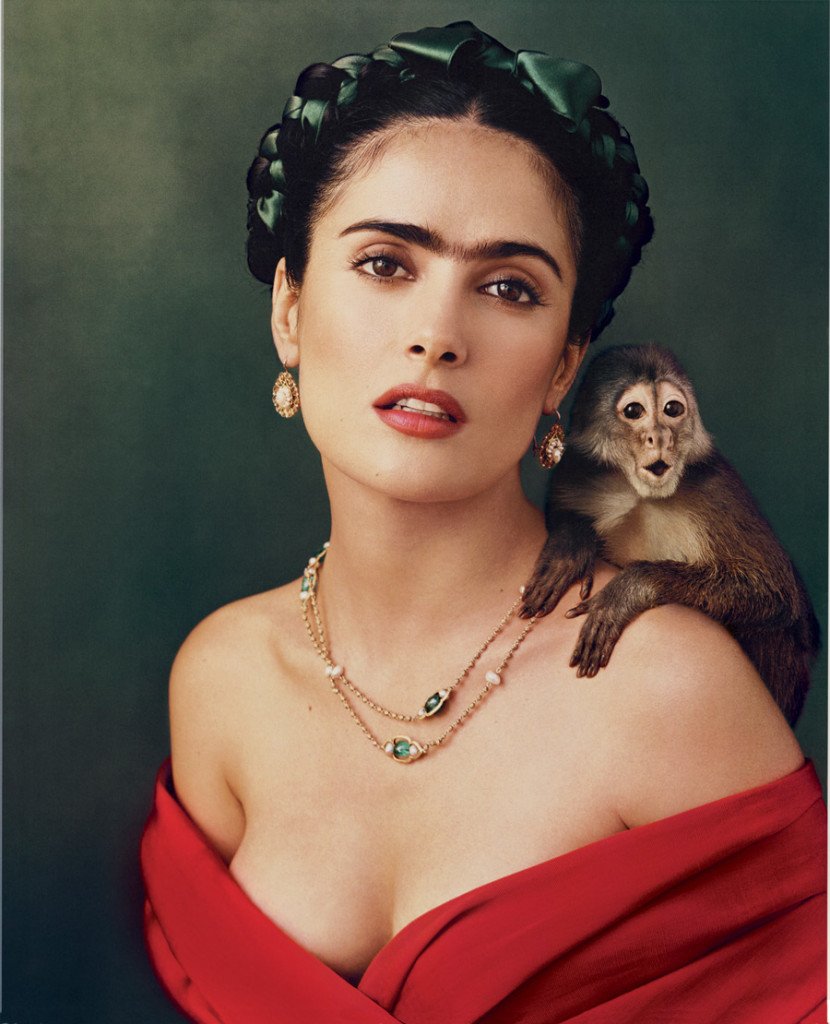
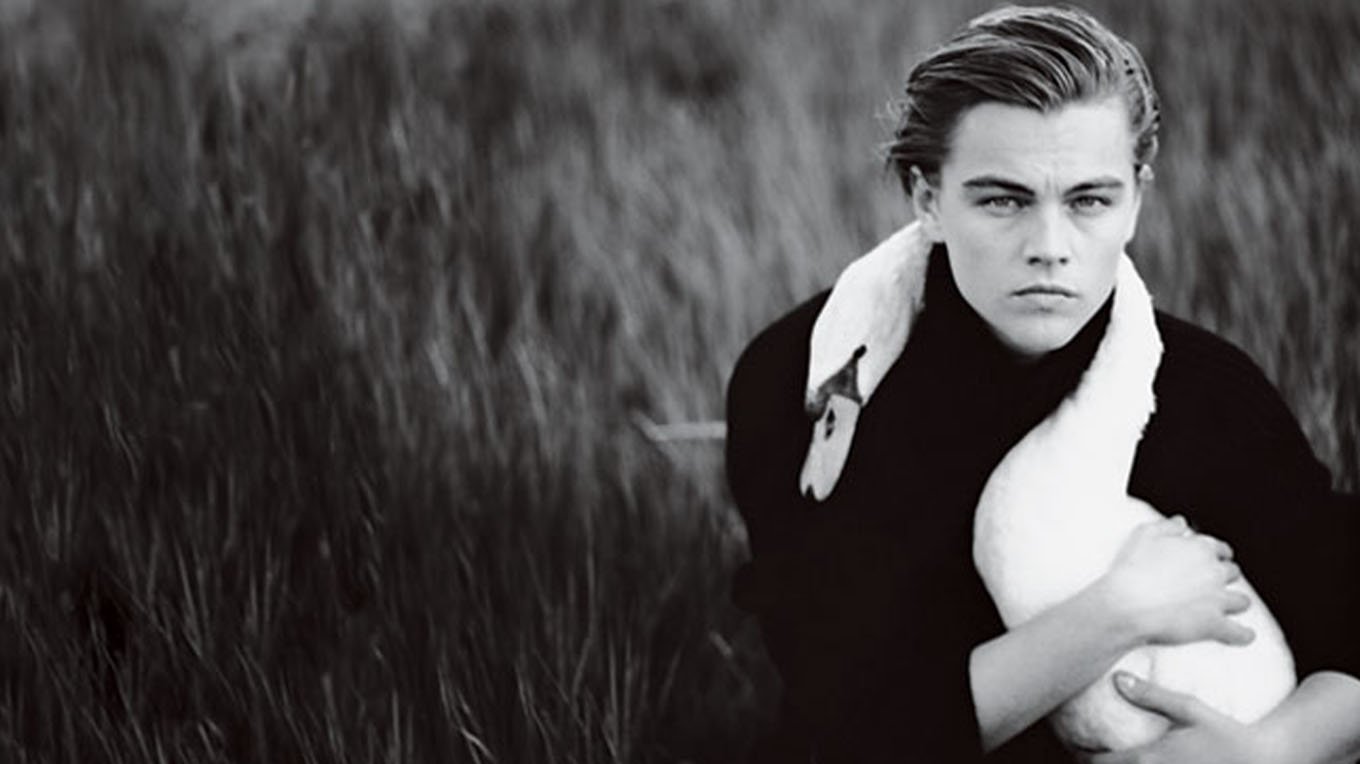
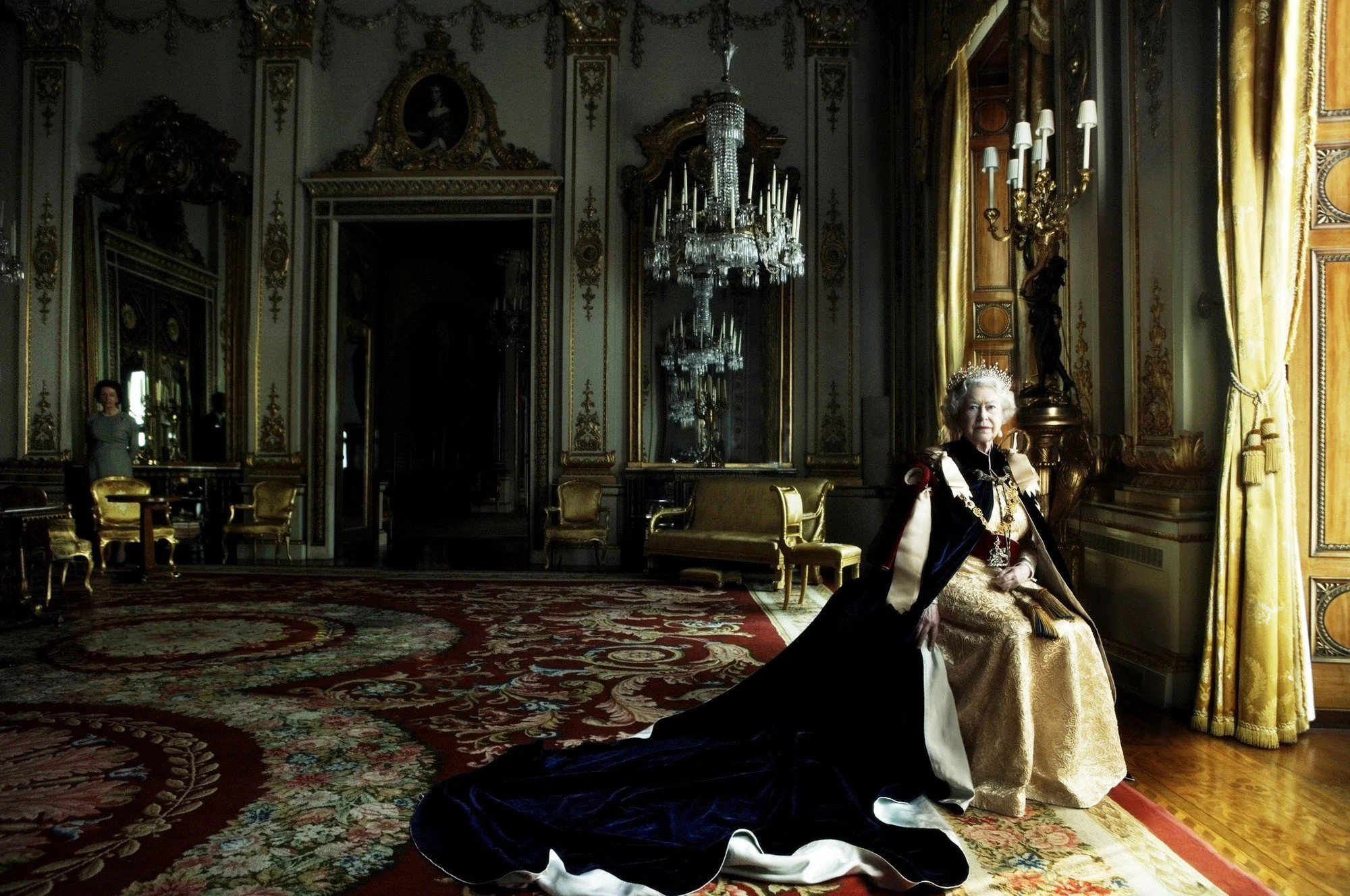


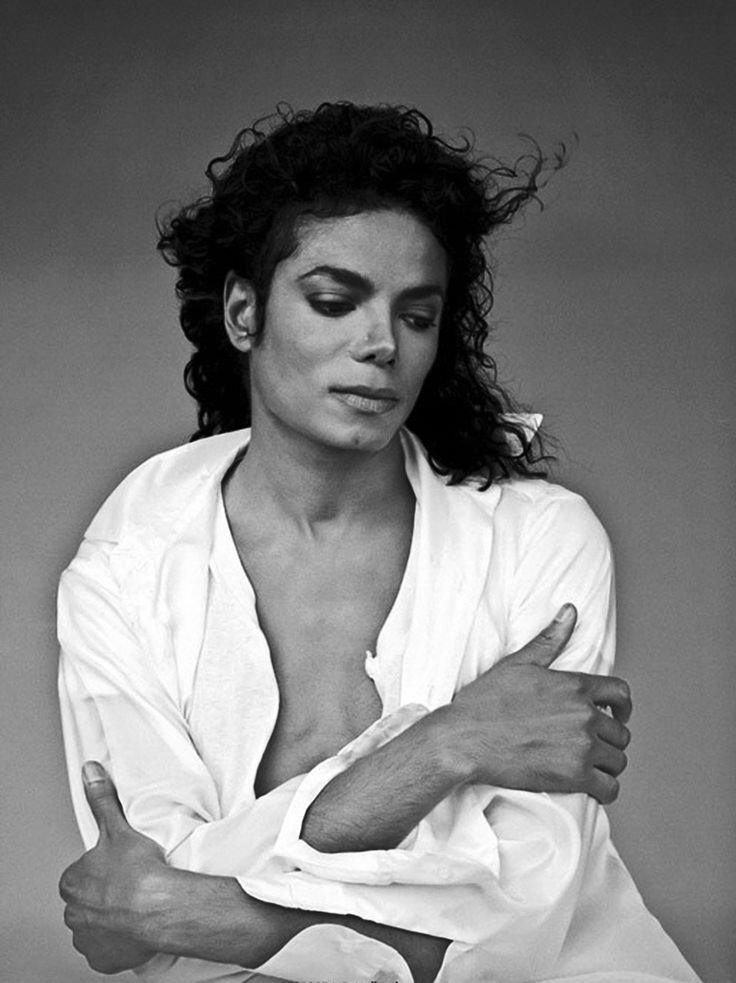












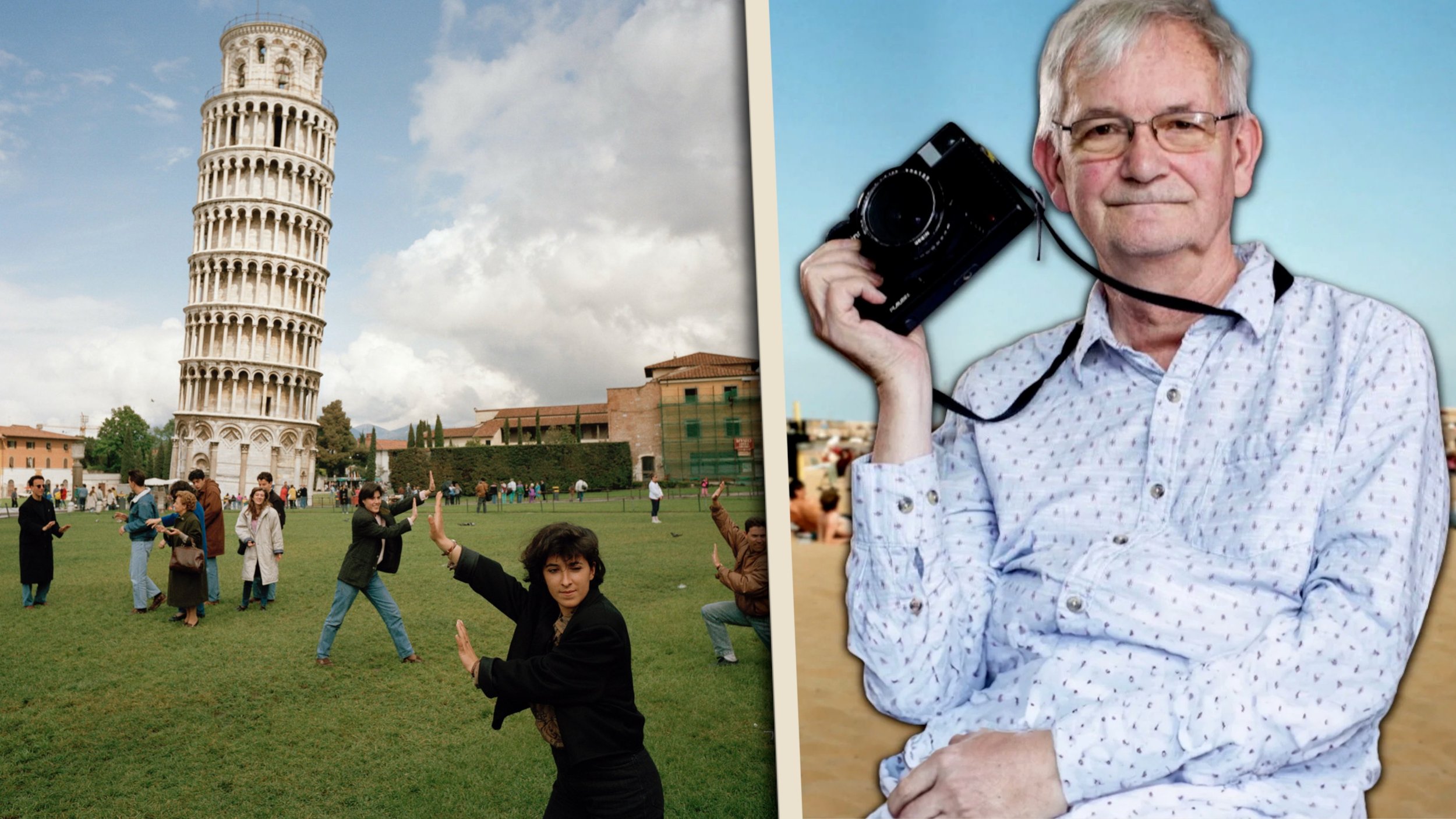

![Martin Parr's advice for better photos[video]](https://images.squarespace-cdn.com/content/v1/5b670534b98a78d5e84a7d19/1709316822341-S7A2G20XX4CL7RHLYW0S/Advice+for+better+photos+Parr+no+text.jpg)

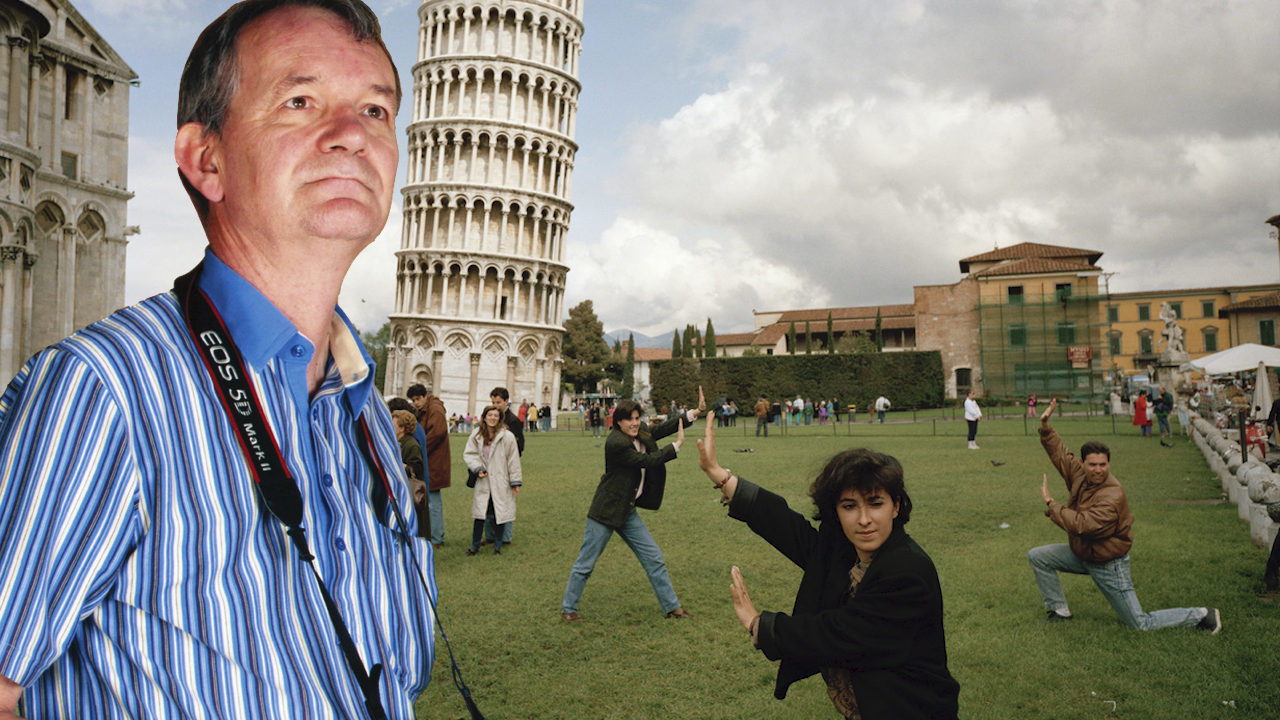
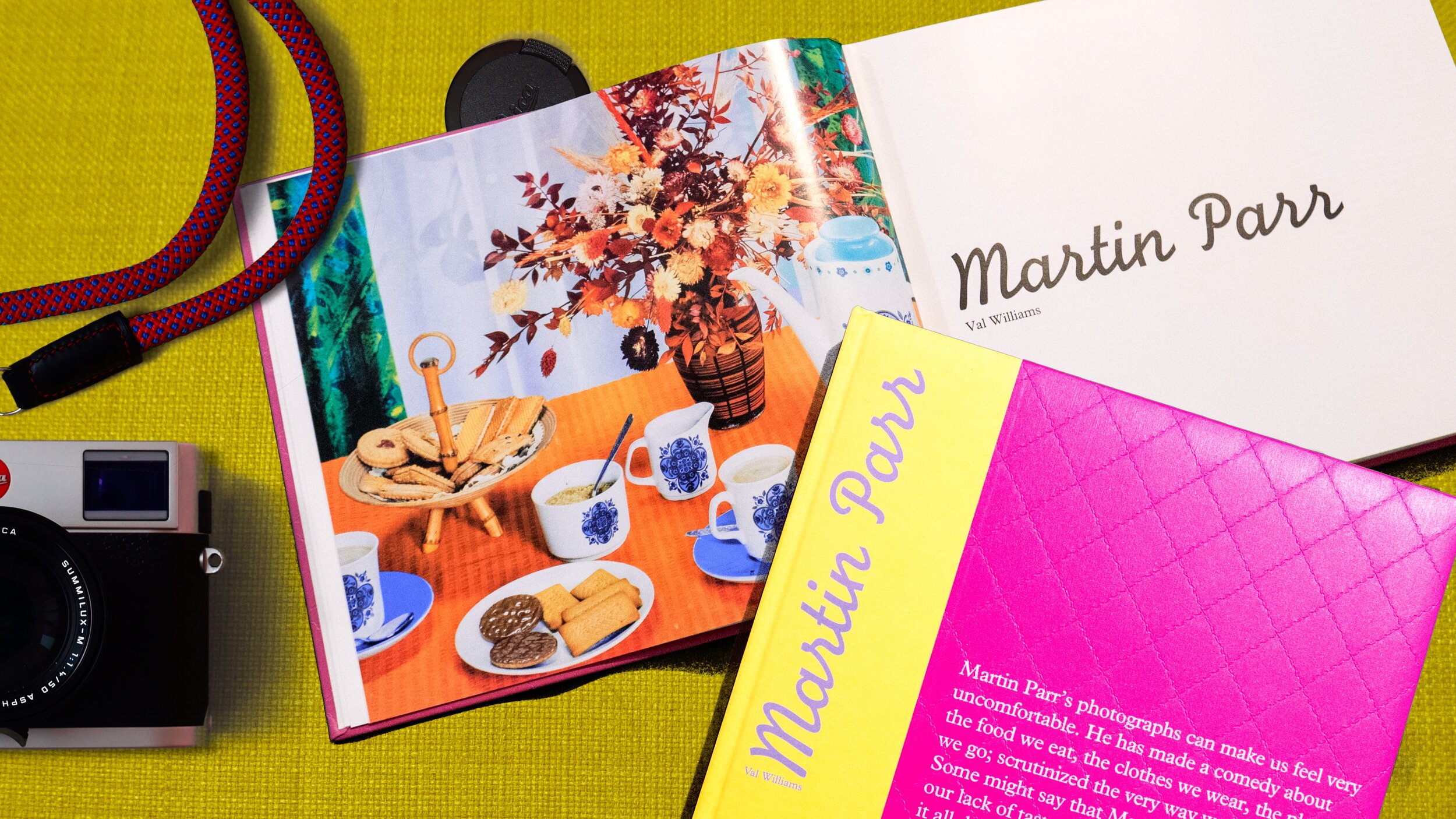
What can one photo teach you about memory and truth? Bieke Depoorter was nearly finished with her book when she found an old diary from her childhood. Story Behind The Photograph